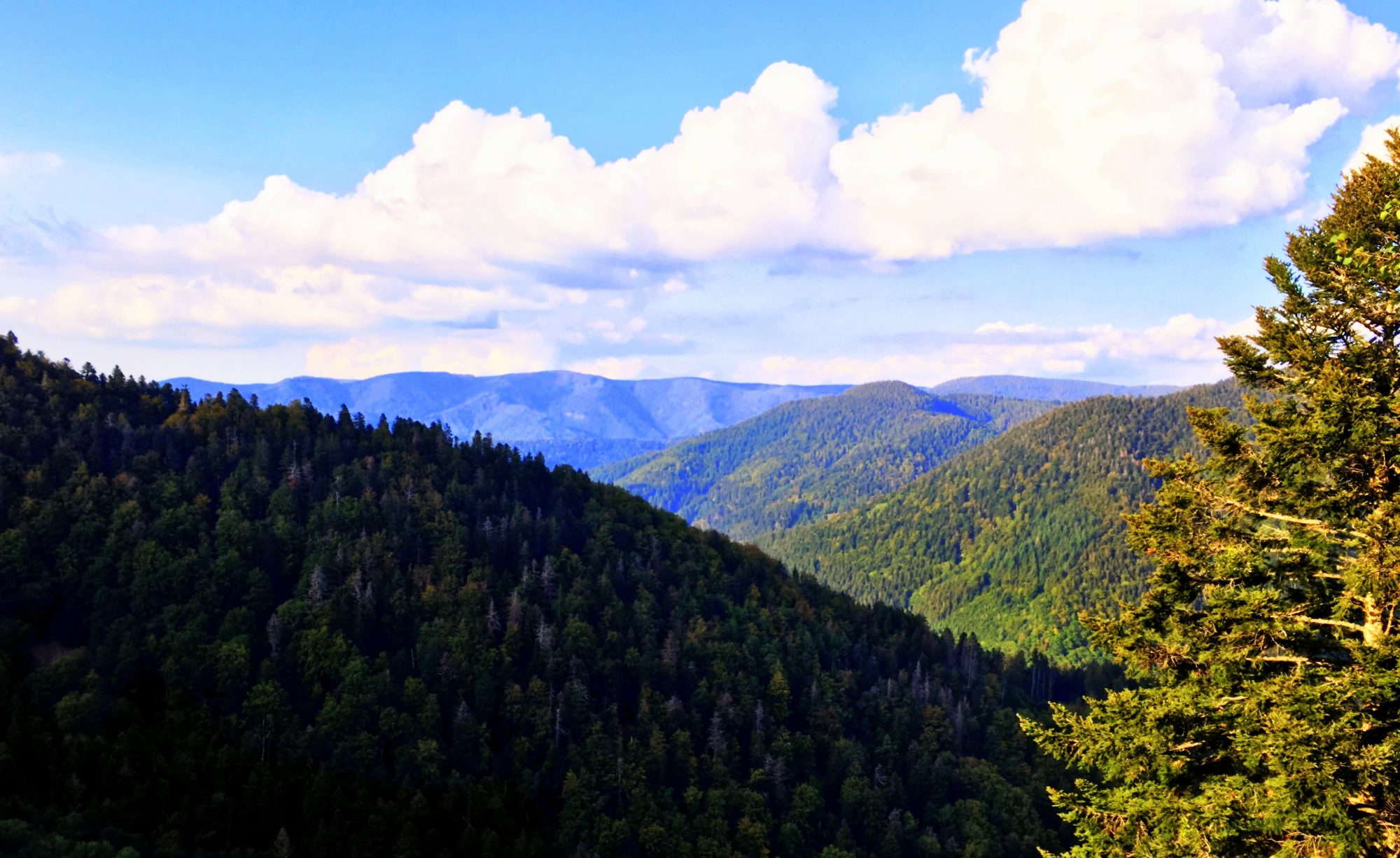
When it comes to science, an image of a laboratory completely isolated from any philosophical or spiritual concept emerges immediately in our mind, but this was not always the case.
Formerly, the original peoples and the first scientists from South America considered Science as the way to investigate the world around them, using local and holistic wisdoms to adapt this world to their environment. Using all their wisdom and knowledge of the territory, of the solar and lunar cycles, as well as of the cosmos itself, the Inkas already made genetic improvement. In an evolutionary process of adaptation and domestication, they achieved morphophysiological and genetic changes of plant species, obtaining characteristics desirable by man of those times.
Domestication studies have addressed the process in the components of the plant-man, assuming that: the environment is constant, that human selection is the guiding source and has no limits, that the selected characters are determined by one or few genes.
These are all features, characteristics and hypotheses used by modern genetic tests, but which they already applied in their agricultural experiments.
They managed to domesticate several species that are still consumed in the Andes mountain region, among these are Sweet Potato (with more than 20 varieties), Maca (13 varieties), Corn (with more than 50 varieties), Kiwicha or Amaranth (with more than 10 varieties), Quinoa (28 varieties) and potato (with more than 1000 varieties)
How could they achieve this great genetic and agricultural development hundreds of years ago?
It is essential to understand the basis of their wisdom and their worldview of the worlds, understanding a direct correlation and codependence of man with nature, intervening without destroying or exploiting the plants (and animals) that provide their food.
The Inkas represented the productive patterns of each region, but also overlapped certain logics of resource and population utilization to meet state needs. Agricultural production was always oriented to the livelihood of the population, producing only to supply food to its inhabitants without a profit concept that would inevitably lead them to a depletion of resources. In addition, there were agricultural products that fulfilled other functions in society; mainly corn, coca and cotton. Corn and coca served as a communication channel to establish ties of kinship and / or reciprocity, both between them and with other communities. They were also symbols of bartering and offering during ceremonies and rituals.
On the other hand, cotton, raw material for textile manufacturing, was a community necessity that helped them develop their art and clothing. The Inkas sought strategic control of the production and distribution of these goods and had control of a maximum of ecological floors without exhausting resources or destroying the landscape.
Among its agricultural practices, evidence of seed selection practices, soil selection, choice of the seasonal period for each of the phases of agricultural activity, planting, care of the finished plant, irrigation and water management, harvesting was discovered; use of the different parts of the plant, immediate use of the edible part, its conservation and storage.

The greatest evidence of the genetic selection of plants that they developed can be seen in the Archaeological Park of Moray, a circuit of circular terraces that generates microclimates with different humidities and temperatures between them. Studies that have been done in this place also show that this place is perfectly constructed following a numerical sequence in sync with codes of the universe. Each terrace level imitates a different climate of the territory, allowing species from other distant places, such as the jungle and the coast, to adapt to this Andean climate in which they developed.
Thanks to this adaptation, the Inkas were able to intersperse agricultural production in combination and crop rotation, to ensure the feeding of their population.
Author: Manki Mundo Sabores y Saberes Ancestrales (https://saboresysaberesancestrales.blogspot.com/)



One Reply to “”